This caffeine-free tea is regarded as a healthy drink and does not look like tea at all! The leaves are oxidized which produces its distinctive flavour and gives the appealing reddish-brown colour. Many people consider Rooibos to be tea (Camellia Sinensis), but it is not. It is actually classed as a legume, with the Latin name Aspalathus Linearis.
Historically, Rooibos was made by the people indigenous to the Cedarberg Mountains in South Africa, which is pretty much the only place on the planet where Rooibos will grow. They would pluck the leaves, bruise them with stones to start a fermentation process, and then dry them in the sun. Today the process has been mechanised but follows the same principles. Experiments in growing Rooibos in other parts of the world have failed, partly due to the fact that Aspalathus Linearis has a very long tap root, (which requires deep topsoil) and also because it is claimed by the South Africans to have a symbiotic relationship with the organisms that are particular to their immediate environment. It is even claimed that within 100 years, climate change will have rendered Rooibos extinct! Even its name has been subject to controversy, with an American company, Burke International, attempting to patent the name and ban its use other than on their own products. In 2005, many lawsuits and legal petitions resulted in Burke allowing the name to pass into the public domain.
Rooibos is graded based on the stalk-to-leaf ratio, and the South African government specifies that only the higher-leaf grades can be exported, as these have a less “dusty” taste. The lower grades tend to be sold on the local markets. Many South African farmers rely on this wonderful plant for their livelihoods. It has an enchanting, vanilla, pipe-tobacco taste, and has very impressive health credentials. Rooibos is caffeine-free and is clinically proven to contain high levels of antioxidants and flavonoids.
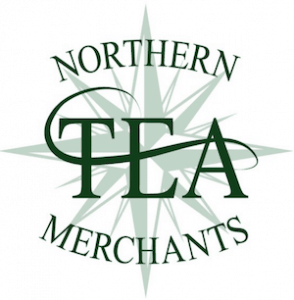
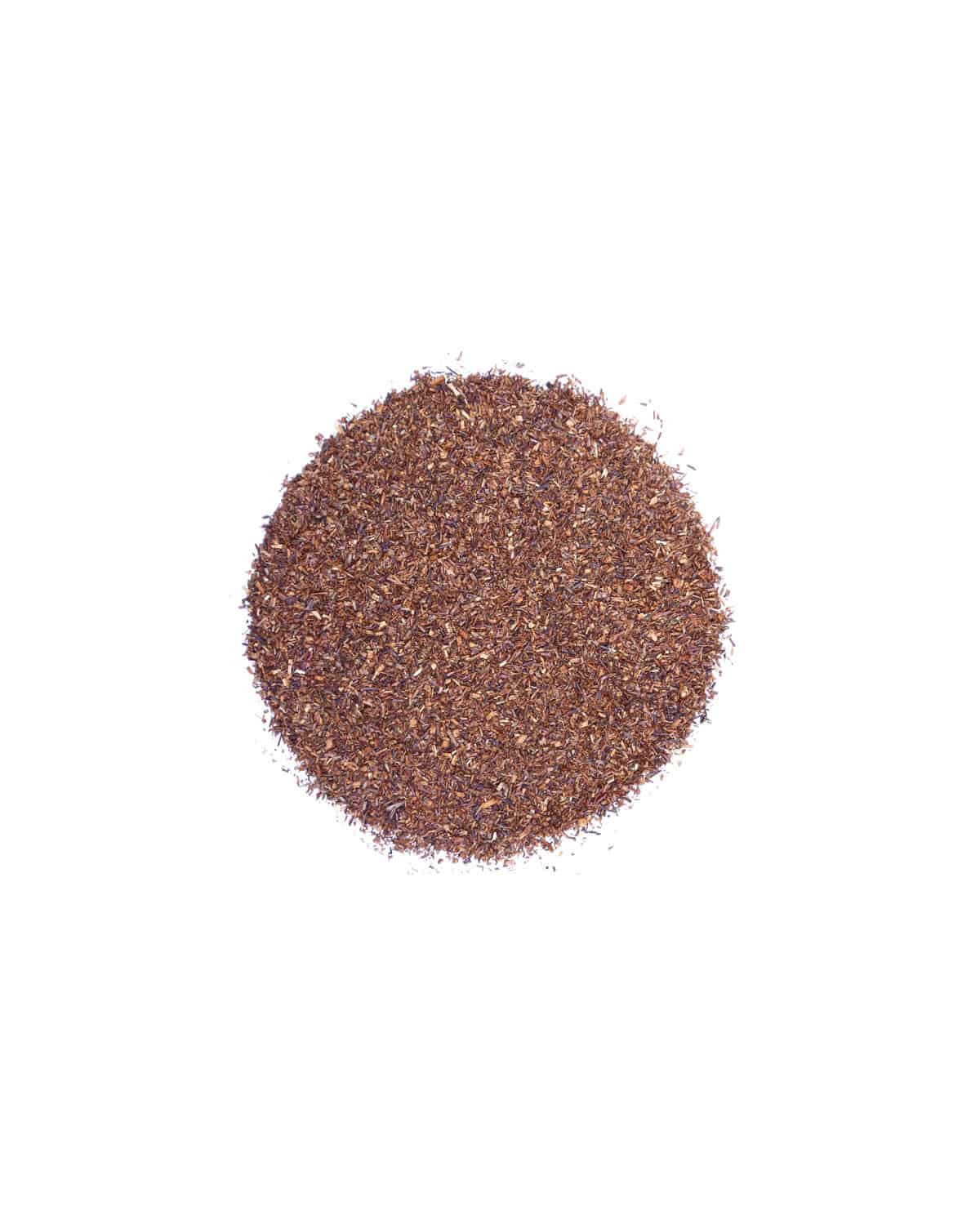
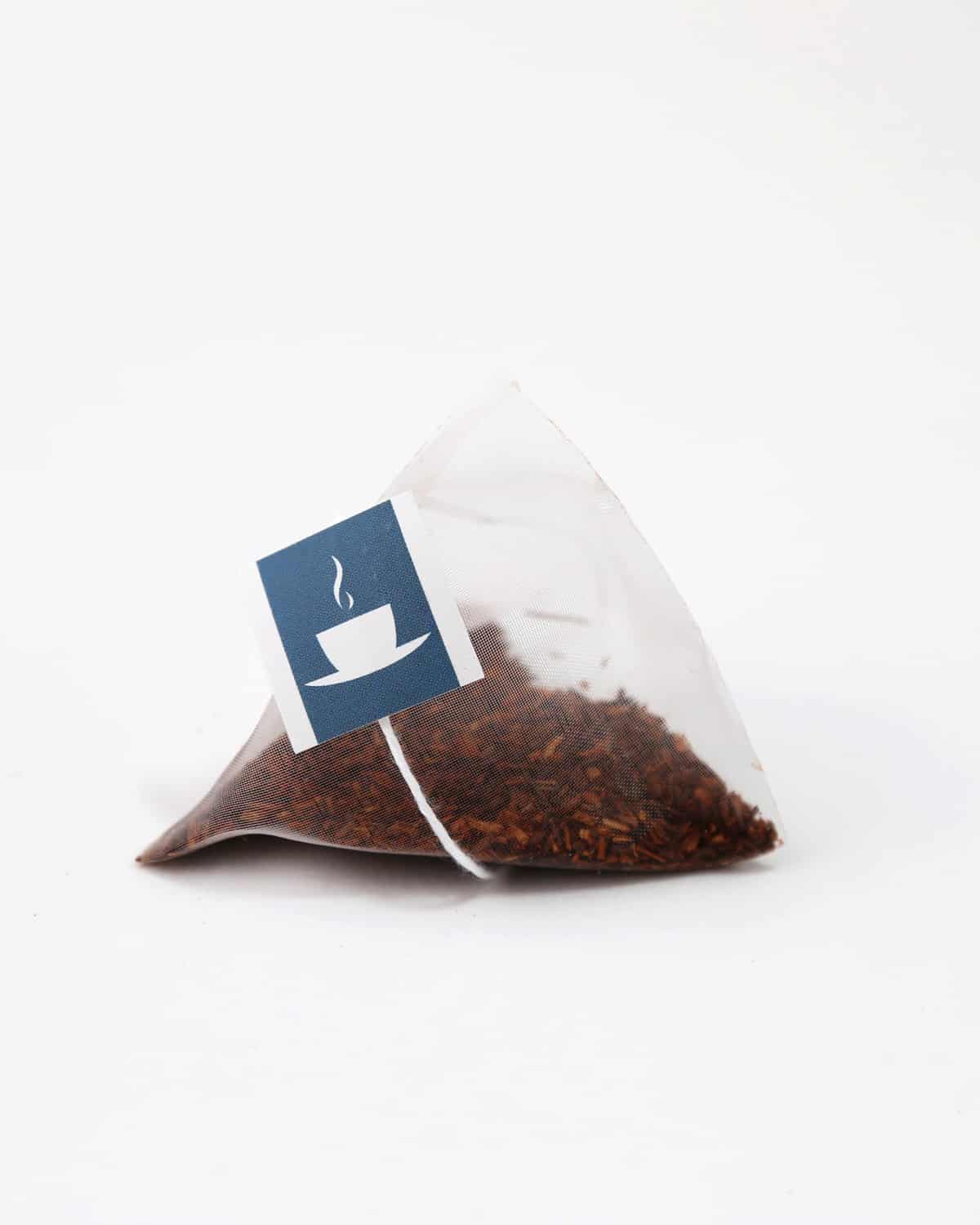
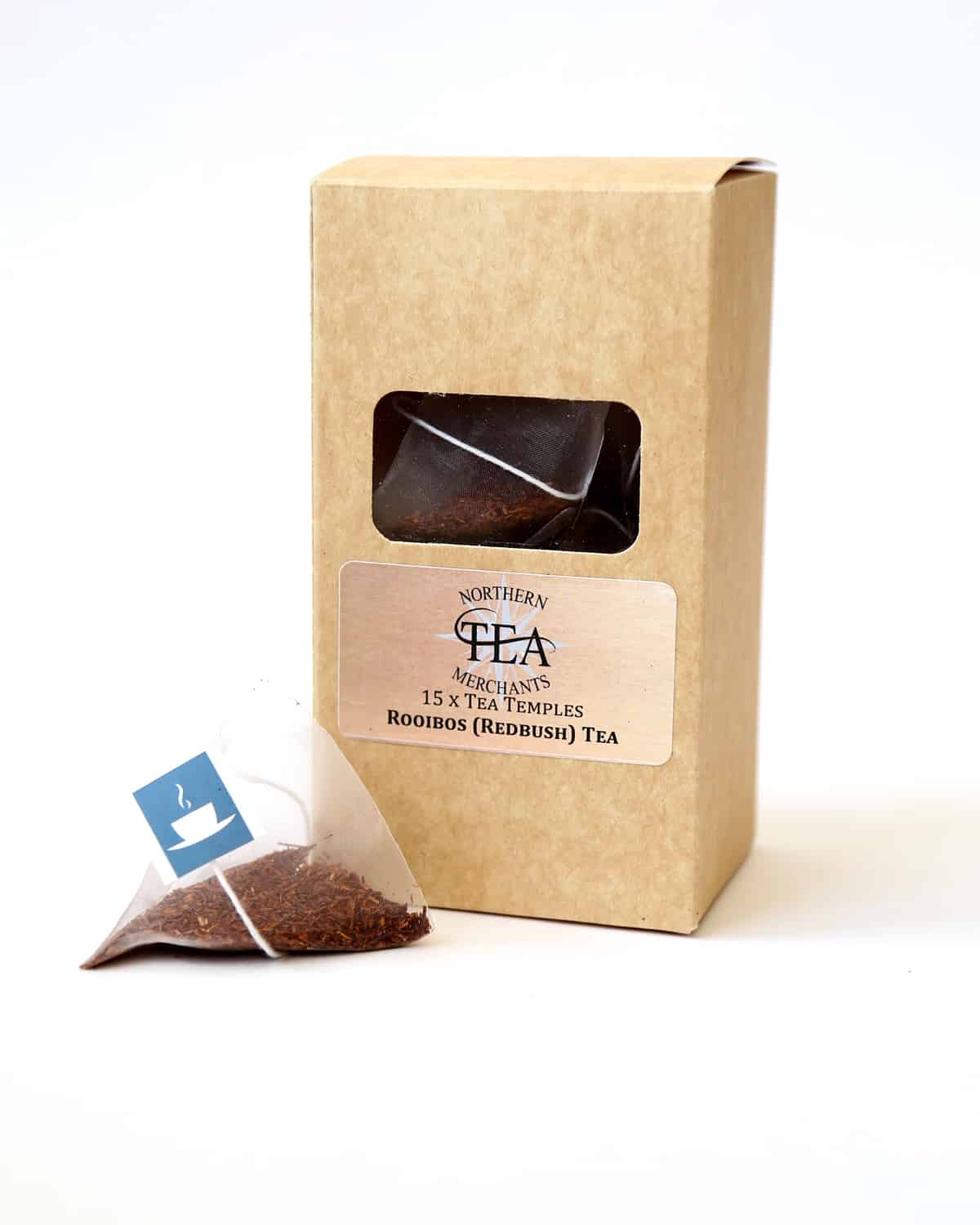
 Click & Collect Available From Our Store
Click & Collect Available From Our Store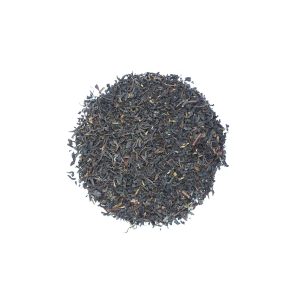
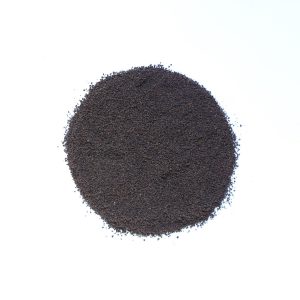
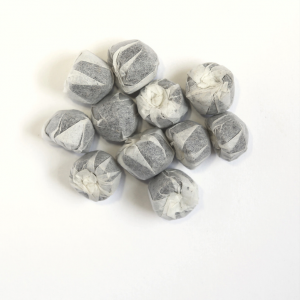
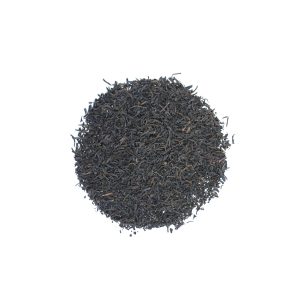
Reviews
There are no reviews yet.